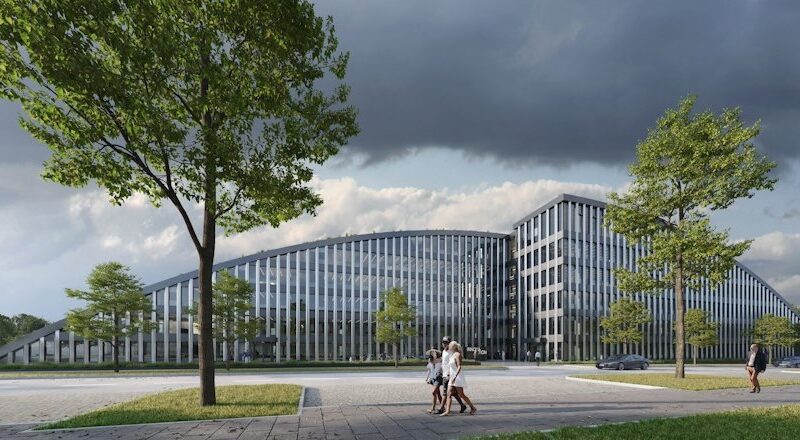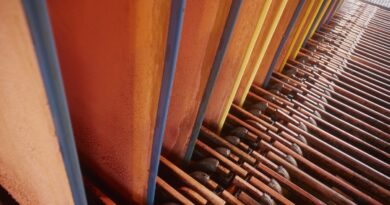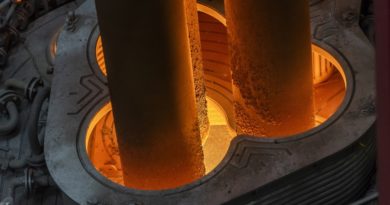Hydro delivers first near-zero aluminium for construction market
The first aluminium profiles made with 100 percent recycled post-consumer aluminium have been delivered by Hydro to the Innovationsbogen project in Augsburg, Germany. The Hydro CIRCAL 100R aluminium used in this project reduces the CO2 emissions by 527 tonnes and is enabling decarbonization of Europe’s building industry.
Hydro, through its building system brand WICONA, is the first aluminium producer in the world to deliver aluminium made with near-zero carbon footprint to a building project in Europe. WICONA will deliver door, window and curtain walling profiles made from 100 percent recycled post-consumer aluminum. Near-zero aluminium is defined as aluminium with a footprint of less than 0.5kg CO2e /kg aluminium throughout the value chain.
Decarbonizing the building and construction industry
“Covering such a high profile building in Europe with a near-zero aluminium façade is a milestone achievement for Hydro. We are proud to partner with forward leaning customers to lower their carbon footprint. This landmark project in Augsburg, Germany is part of Hydro’s contribution to decarbonize the biggest industries in the world using low-carbon, recycled aluminium,” says Eivind Kallevik, Executive Vice President of Hydro Aluminium Metal.
In total, WICONA will deliver 85 tonnes of Hydro CIRCAL 100R to the project. The use of post-consumer scrap significantly reduces the CO2 footprint compared to pre-consumer/process scrap as well as primary aluminium.
“Hydro CIRCAL 100R has provided completely new possibilities for architects and builders to reduce the climate impact of buildings. With 100 percent recycled post-consumer aluminium, we can make another step change and prove that zero-carbon footprint in buildings is possible. It is an important contribution to a fully circular economy,” says Henri Gomez, Senior Vice President Hydro Building Systems.
Using 100 percent post-consumer aluminium scrap is a challenge because of the many complex elements a product brings with it after it reaches end of life, such as paint, plastics and other contaminants.
“I am proud to say that our recycling organization has embraced the challenge of using complex scrap types. The production milestone was only possible because of our competent workforce and Hydro’s state-of-the-art recycling technology, which includes sorting, shredding and melting technologies,” says Kallevik.




